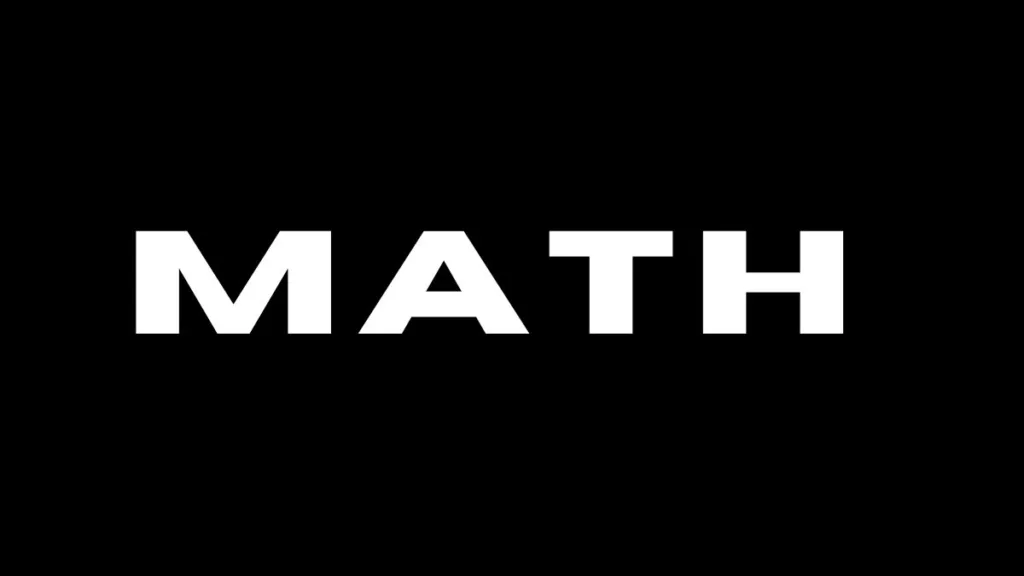Graph theory is a fundamental area of computer science and mathematics that deals with networks of nodes (vertices) connected by lines (edges). Directed graphs, or digraphs, are a type of graph where edges have a direction, indicating a one-way relationship between two nodes. Understanding the structure of directed graphs, including how to calculate the maximum number of edges they can have, is crucial for optimizing data structures, network design, and algorithm development. This article explores the concept of directed graphs and provides a comprehensive guide on determining their maximum number of edges.
Directed Graphs: A Brief Overview
A directed graph consists of a set of vertices and a set of edges, where each edge is directed from one vertex to another. Unlike undirected graphs, where edges represent a bidirectional relationship, the edges in directed graphs imply a one-way relationship. This characteristic makes directed graphs particularly useful for representing structures like web links, social networks, and state machines.
Maximum Number of Edges in a Directed Graph
The maximum number of edges in a directed graph depends on the number of vertices in the graph and whether or not the graph is allowed to contain loops and parallel edges:
- Loops: An edge that starts and ends at the same vertex.
- Parallel edges: Multiple edges directed from one vertex to another.
Without Loops and Parallel Edges
In a simple directed graph (no loops or parallel edges), each pair of distinct vertices can be connected by at most two edges (one in each direction). Therefore, the maximum number of edges Emax is given by:
[math]E_{max}=n(n−1)[/math]
where n is the number of vertices in the graph.
With Loops
If the graph is allowed to have loops but not parallel edges, each vertex can have a loop in addition to the two edges connecting it to every other vertex. The formula for the maximum number of edges becomes:
[math]E_{max}=n(n−1)+n=n^2[/math]
With Parallel Edges
Theoretically, in directed multigraphs, where parallel edges are permitted, there is no upper limit on the number of edges as multiple edges between the same pair of vertices are allowed. However, constraints might be placed on the number of parallel edges in practical applications for specific reasons.
Practical Example: Calculating Maximum Edges
Consider a directed graph representing a social network, where vertices represent users and directed edges represent “follows” relationships. Suppose there are 10 users in the network. Without loops and parallel edges, the maximum number of “follows” relationships that can exist is:
[math]E_{max}=n(n−1)=10(10−1)=90[/math]
This means there can be up to 90 one-way “follows” relationships in this social network.
Applications and Implications
Knowing the maximum number of edges in a directed graph has practical applications in various fields:
- Computer Networks: Helps in designing efficient network topologies and protocols by understanding the limits of connectivity.
- Social Network Analysis: Aids in estimating potential connections and analyzing network density.
- Database Design: Useful in optimizing database schemas, especially for graph databases, by predicting the size and complexity of relationships.
Conclusion
The maximum number of edges in a directed graph is a fundamental concept in graph theory with wide-ranging applications in computer science. By understanding the mathematical principles that govern graph structure, researchers and developers can design more efficient algorithms, data structures, and networks. Whether working on social network analysis, state machines, or network protocols, grasping the potential scale of connections in a directed graph is crucial for both theoretical and practical aspects of computing.
- Car Dealership Tycoon Codes: Free Cash for March 2024 - April 9, 2024
- World Solver - April 9, 2024
- Roblox Game Trello Board Links & Social Links (Discord, YT, Twitter (X)) - April 9, 2024

